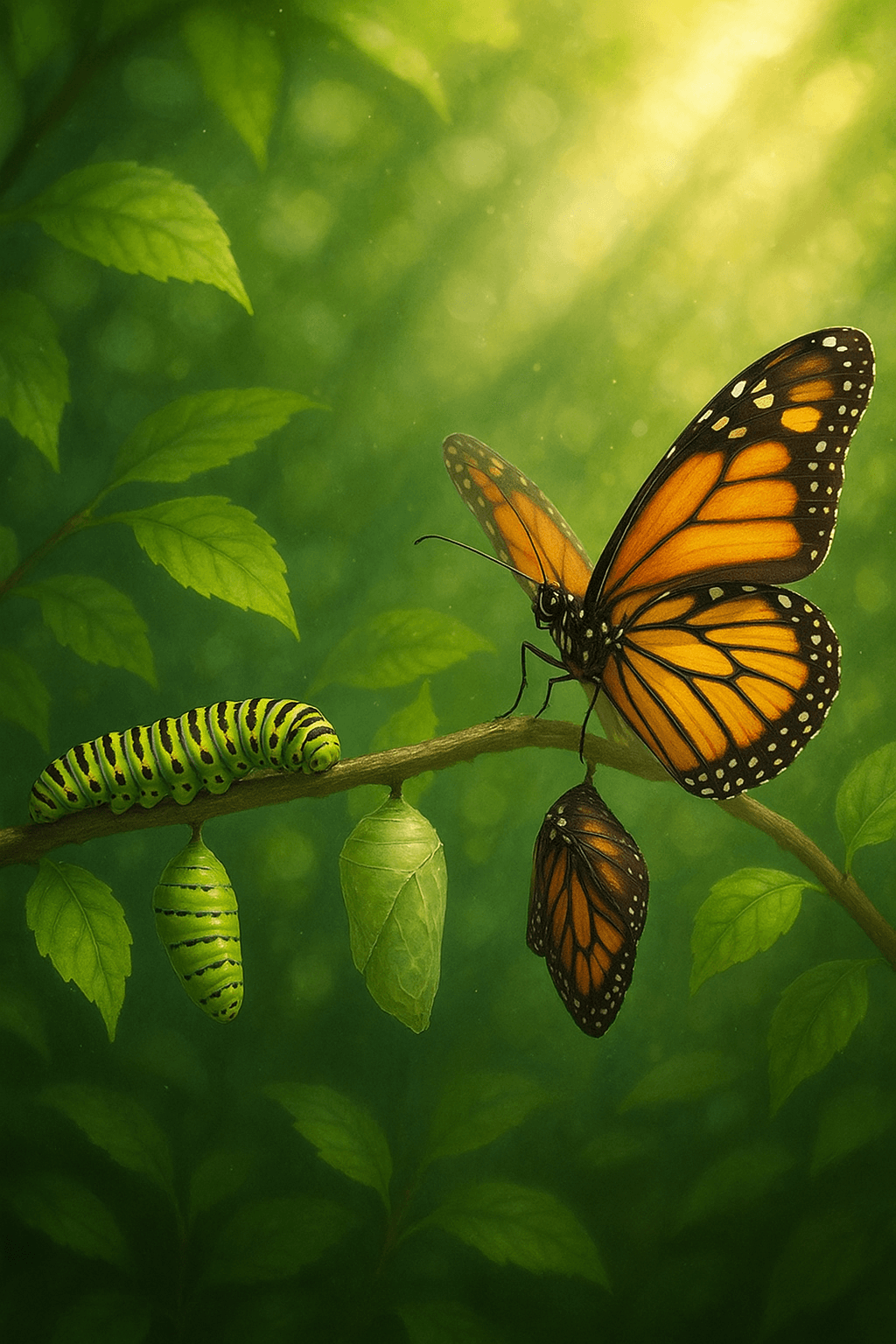Art as the Ultimate Expression of Individualism

Art is the most intense mode of individualism that the world has known. — Oscar Wilde
Wilde’s Declaration of Artistic Independence
Oscar Wilde’s bold assertion elevates art beyond mere craft or aesthetic pursuit, positioning it as the purest manifestation of individual character. According to Wilde, artists exemplify singularity through their works, granting them a voice and identity distinct from societal norms. This framing sets the stage for understanding art as an arena where personal vision transcends tradition.
Breaking Away from Convention
Transitioning from this premise, art’s history is replete with moments where creators have deviated from the expected to claim their unique place. The Impressionists, for instance, broke from academic standards to capture fleeting sensations, a move met with both criticism and praise. By forging new paths, artists such as Monet and Degas symbolized the power of the individual spirit to challenge and reshape collective taste.
The Artist as Outsider
Building on this tradition of nonconformity, Wilde’s own life illustrates the risks and rewards of intense individualism. His refusal to censor his art and self-expression led to both cultural acclaim and personal hardship. Like many artists in history—Van Gogh’s struggles come to mind—Wilde’s individuality was both the source of his genius and the reason for his marginalization, revealing the complex relationship between the artist and society.
Artistic Creation as Self-Discovery
Extending this discussion, the creative process itself is often an act of self-discovery. Philosopher Jean-Paul Sartre argued that through creation, individuals define their essence and confront their unique perspectives. Each brushstroke or written word serves as a declaration of self—highlighting how art transforms internal experiences into tangible forms that communicate individuality to the world.
The Enduring Legacy of Artistic Individualism
As we reflect on Wilde's insight, it becomes clear that art’s legacy lies in its ability to preserve and transmit the nuances of personal identity across generations. From the idiosyncratic rhythms of Emily Dickinson’s poetry to the bold canvases of Frida Kahlo, the world’s most memorable artworks endure precisely because they offer unfiltered glimpses into the minds and hearts of their creators. Thus, art remains, as Wilde suggested, the most intense and enduring mode of individualism.